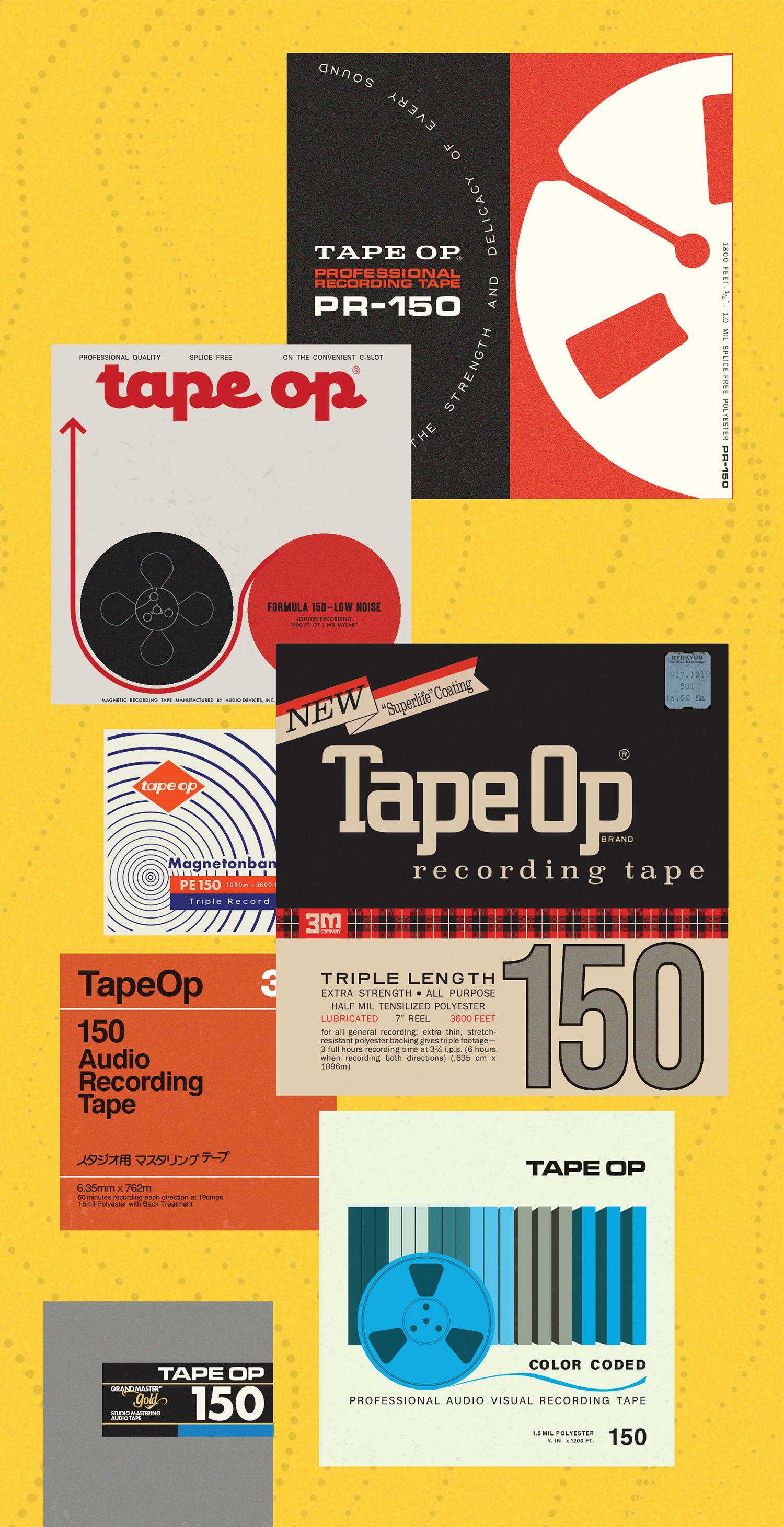There is absolute magic contained in the plastered walls of classic studios’ echo chambers. I’ve been lucky enough to make many records at Sound Emporium Studios in Nashville, which has two wonderful tall and narrow chambers. I’ve run everything through them. I’ve climbed into them with acoustic guitars and tambourines, as well as coaxed artists to stand in them to sing, play, or just feel their sonorous resonance.
Though there are a thousand excellent plate reverb emulations, aside from a few notable exceptions, a limited number of plug-ins have managed to recreate the specific nuance and texture of a vintage chamber. MagicVerb is the newest collaboration between Ian Sefchick (a.k.a. MagicDeathEye) and DDMF Supreme Audio Software. They’ve re-created a vintage chamber’s realistic nuance and texture brilliantly, while presenting it in an incredibly compelling package. There are ten modes: five chambers, three rooms, one plate, and one digital reverb. MagicVerb’s playful, Monty Python-esque GUI is fun and easy to navigate. In addition, they’ve kept the parameters wonderfully simple: input Gain, Dry/Wet mix, reverb length, Pre Delay – no popup menus; no buried parameters.
There is a good bit of variability between the five chamber models, both in terms of length and timbre. Though the length control helps fine-tune the tail, I’ve found more often than not that if a specific chamber didn’t feel right (too long or too short, too dense or too thin) I’d first try one of the other chamber models before tweaking. This process is not unlike patching into one of several chambers that a classic studio might have. The chamber models are so good and distinct that I wouldn’t have batted an eye if the plug-in had been the same price for only those models, which makes the rest of the reverbs a lovely icing on an already fantastic cake. The Main Studio Room model is super-useful for adding subtle, natural room around a source, especially when used as an insert while dialing in the Dry/Wet mix to taste. The Deep Lush Plate model is quite rich and very usable, and the Digital Buddha model has that early-digital filtered sound and noisy top end.
I particularly love that MagicVerb translates how an actual chamber reacts to different input levels. Traditionally, a speaker in the chamber plays back from the echo send of a console, then microphones capture the chambers’ resonance, returning that to the mix. Naturally, the speaker, the room, and the mics will react differently to a loud signal versus a soft one. MagicVerb’s input Gain slider does a great job of emulating that; the reverbs tend to feel more pillowy and warmer at low input settings, and brighter with higher input levels.
As mentioned earlier, the GUI is excellent. I always appreciate it when folks try something other than a skeuomorphic rendering of a piece of gear. A creative visual approach, such as the one used in MagicVerb, manages to be both functional and fun. MagicVerb’s GUI is beautiful and playful, so unlike every other plug-in or DAW window I open during a mix session. It’s like a little glimpse into an alternate universe.
MagicVerb has become a regular part of my mixing process whenever I’m looking for the rich and textured ambience of an echo chamber. I often throw GoodHertz’s Tiltshift in the chain after MagicVerb, but we’ve been assured that an update with filters is forthcoming. MagicVerb is one of those stellar audio tools that’s easy to use, hard to make sound bad, fun to look at, and sonically inspiring.




_disp_horizontal_bw.jpg)